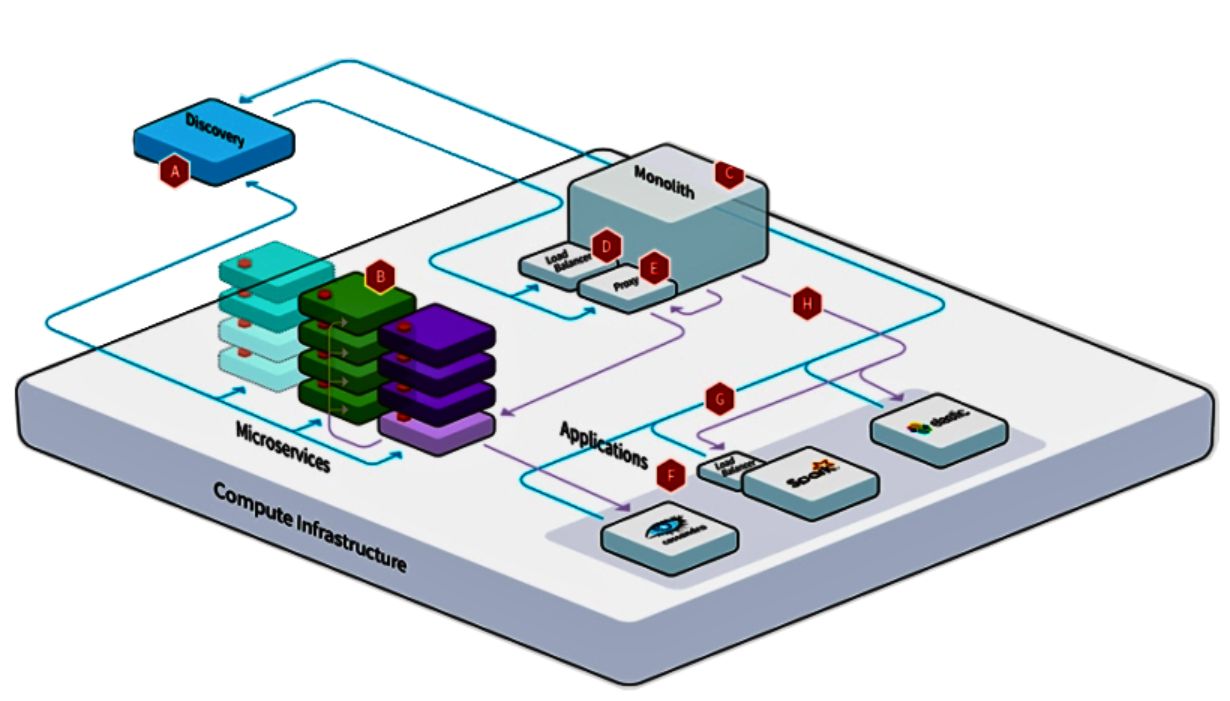How Technical Debt is Impacting Your Business?

There is no second doubt that technology is empowering businesses to scale better. But we also can’t deny the fact that companies often overlook their IT infrastructure and software maintenance and its importance in the business. This negligence slowly turned into a huge technical debt for the company that may cripple the revenue of the firm to a great extent.
No, we are not trying to scare you in any way. Our motive here is to bring your attention to the digital infrastructure of your business and ensure that it won’t get affected by technical debt in the future. We’ll help you understand the aspects of software technical debt and how its negligence can adversely affect business revenue. This article will also provide you with a better idea of how to prevent your business from the potential tech debt burden.
What is Technical Debt?
Technical debt or tech debt is a term used in the software development process to describe the consequences of taking shortcuts or making trade-offs during the development process. It refers to the accumulated work that needs to be done in the future to fix or improve a software system's codebase or infrastructure. The lack of proper investment in IT or digital infrastructure is also one of the biggest reasons for accumulating tech debt. In simple words, technical debt is the consequence of taking shortcuts or opting for cheaper options while making technical decisions.
Imagine you're building a car. You have a deadline to meet, and in order to finish on time, you’ve decided to skip some important steps. For example, you may use lower-quality materials, ignore safety measures, or neglect the foundation in order to complete deadlines. These shortcuts help you finish quickly, but they create problems down the line. Consequently, the car may be prone to accidents, have weak structural integrity, or not provide sufficient comfort.
Impacts of Technical Debt on Your Business
Just like a car, our business also needs a scalable and fault-tolerant technical solution that is beneficial in the long run and reduces technical debt on business. Accumulated technical debt has serious repercussions on business operations and damages the company’s reputation. Here are some of the major impacts of technical debt on businesses:
- Low-Quality CodeDevelopers might write code that works for the current situation to meet the project deadlines and cut corners. But what they forget is that it will cause them more significant harm in the future. They might use outdated or inefficient technologies instead of investing time in finding better solutions. These decisions ultimately accumulate software technical debt.
- Increased CostsIt is quite ironic that in order to save money at first, businesses often have to pay a huge sum in the future. Technical debt increases the costs that go into fixing temporary fixes or maintenance of digital products. Correcting poor-quality codes and maintenance of software products require a lot of time and effort from highly skilled technical professionals. It also leads to reduced productivity or high employee turnover.
- Security Risks Technical debts invite lots of security risks and vulnerabilities. The security strength of any system depends on how strong its software code is. As we mentioned earlier, developers sometimes write low-quality code to meet deadlines that may cause serious security loopholes in the system. It increases payment fraud, reputational damage and data breaches by putting customers’ confidential data at risk.
- Reduced Innovation Technical debt reduces the team’s capability to innovate. The software development team's time and effort exhausts in fixing the bugs and maintaining an inferior quality system instead of spending time on innovation and development. The lack of innovation may impact your position in the industry and divert your customers to your competitors’ business.
Best Practices to Reduce Tech Debt
- Automated Testing Performing regular automated testing to check the code quality and avoid potential bugs in the code structure is something that every developer should swear by. The possibility of error is less in automated testing than it is in manual testing. By capturing the code error in the initial phase, automated testing prevents the technical debt of your business.
- Code Reviews are one of the most important things but sadly often neglected by many. It is the process where other developers review your code and provide feedback for the same. Code reviews by other developers give a fresh perspective to the code and may suggest changes that might have missed your eyes.
- Opt Scalable Software Architecture As we mentioned earlier, cheaper software alternatives also cause software technical debt. Therefore, it is always better to invest in a scalable software architecture that is reliable, resilient, and fault-tolerant. Scalable software allows your business system to evolve with the changing technology without facing any major technical failure.
Conclusion
Businesses need to understand that technical debt is a real thing and solid strategies should be made to tackle it. Over time, technical debt accumulates, and it becomes more difficult and time-consuming to maintain or enhance the software capabilities. It can result in bugs, performance issues, and slower development cycles. Just like the hastily built car, the software becomes harder to work with and can cause problems in the long run.
Now, that you know technical debt affects your business revenue significantly, you should keep it in check by partnering with Webmagic to control your technical debts. Collaborate to scale and accelerate your business to infinite heights.
